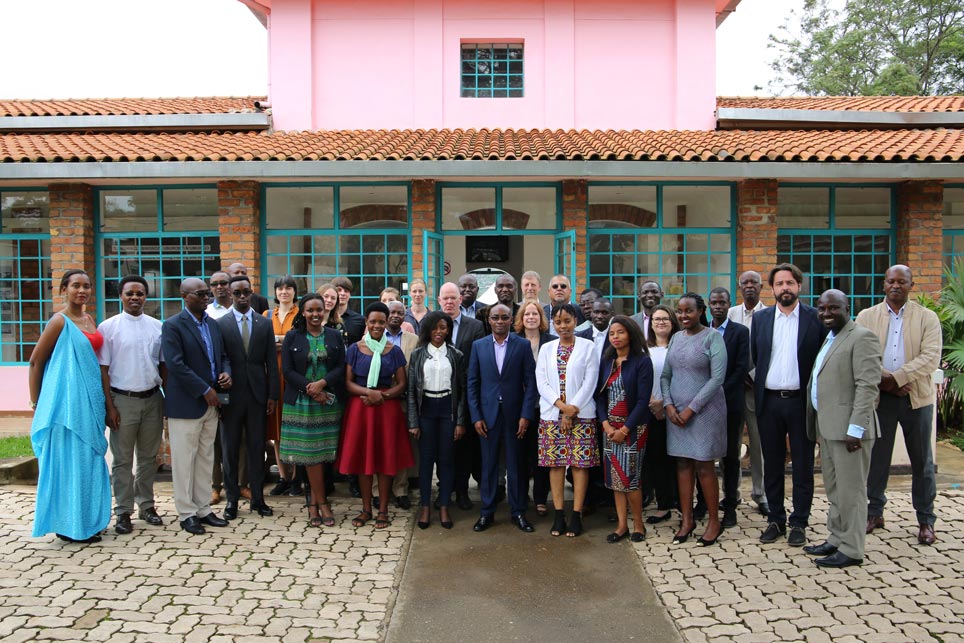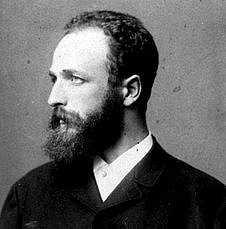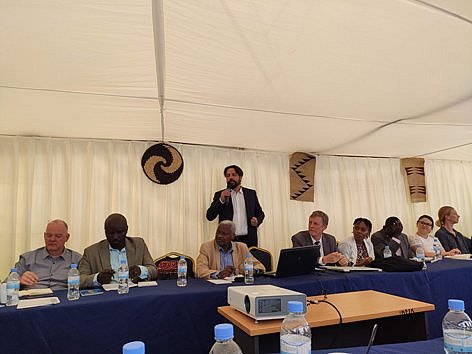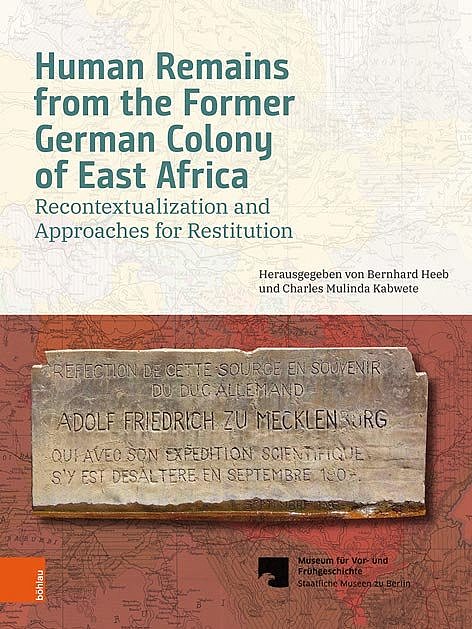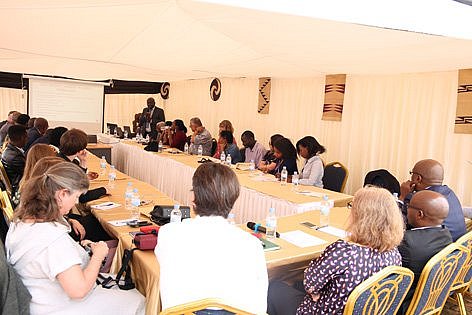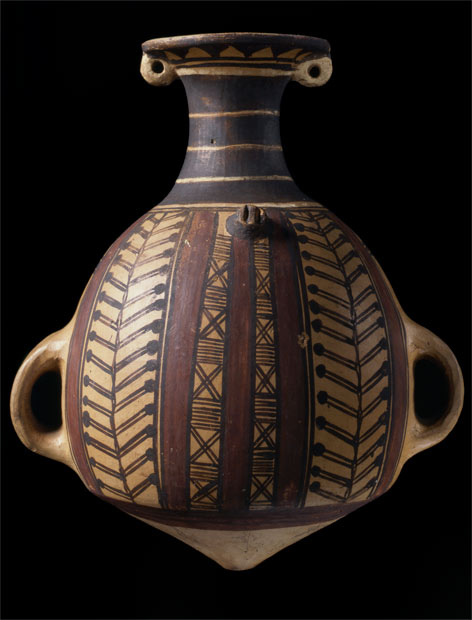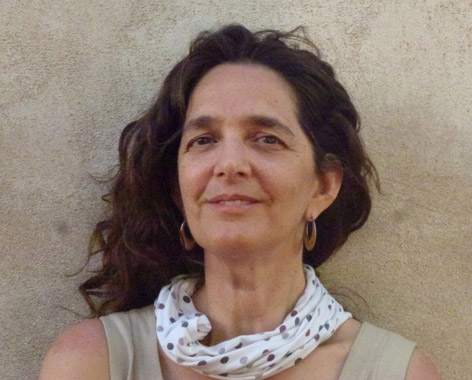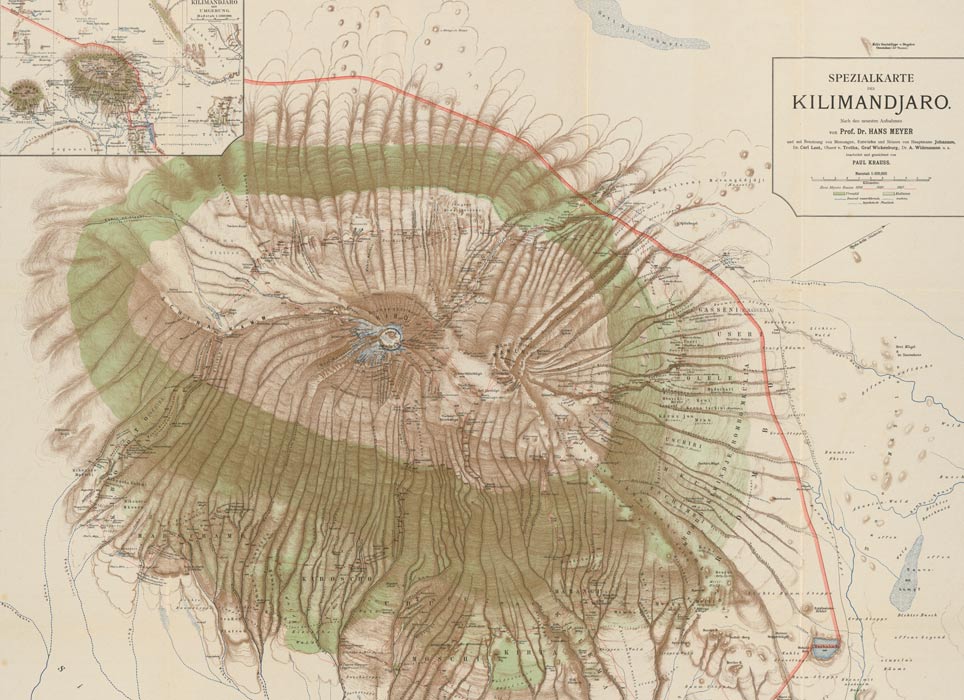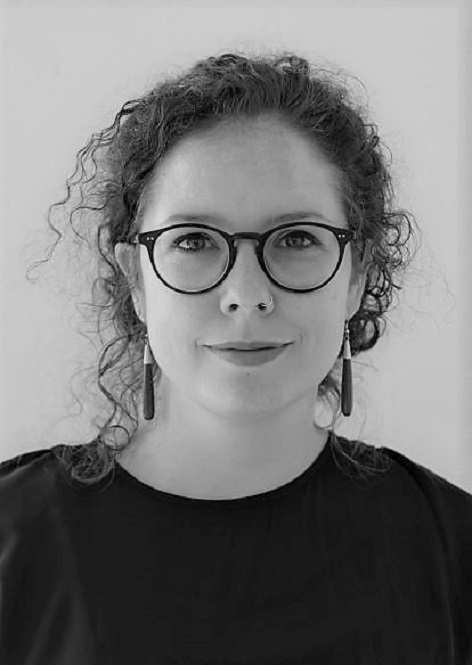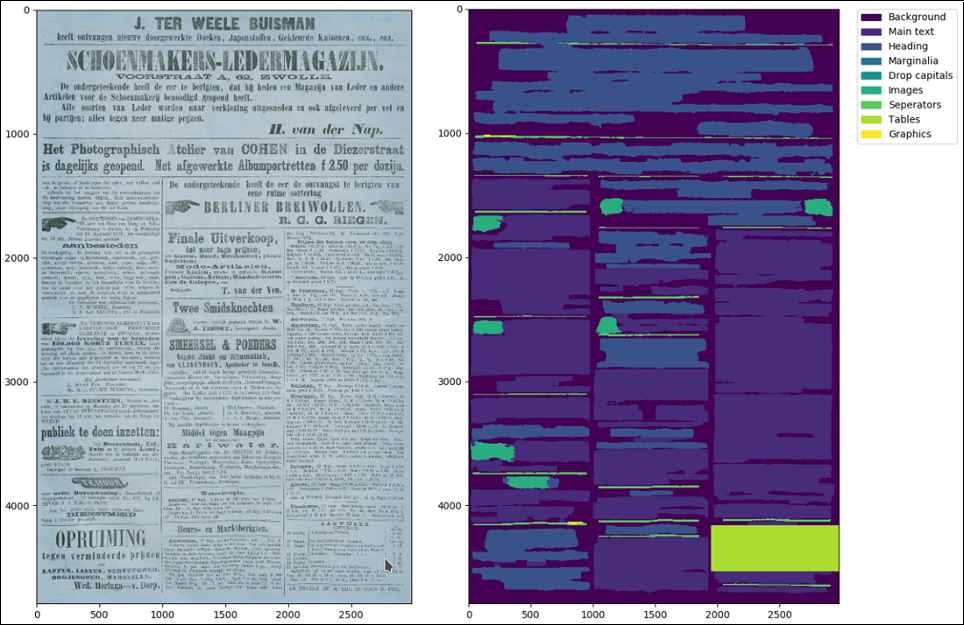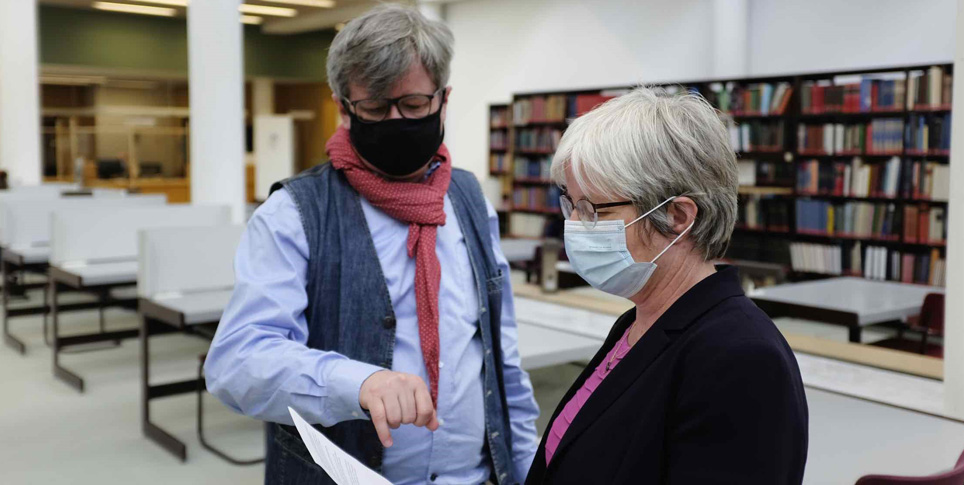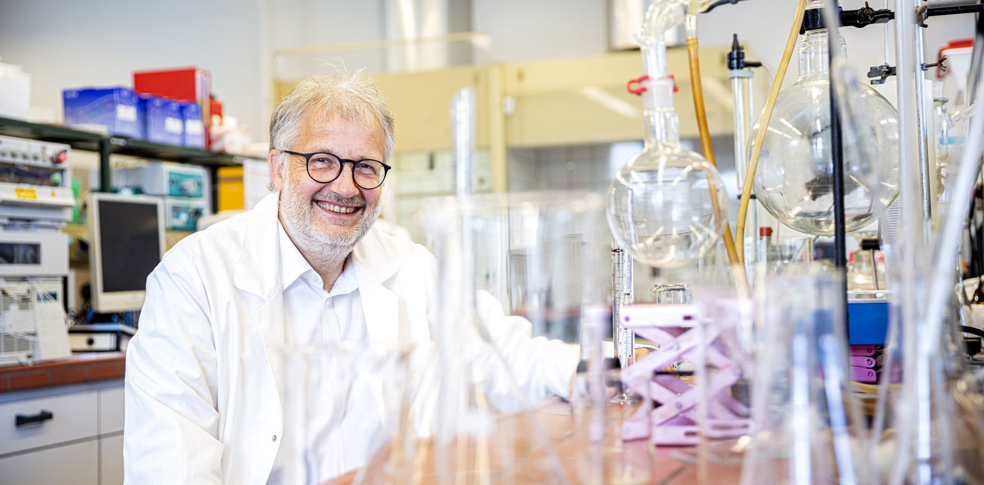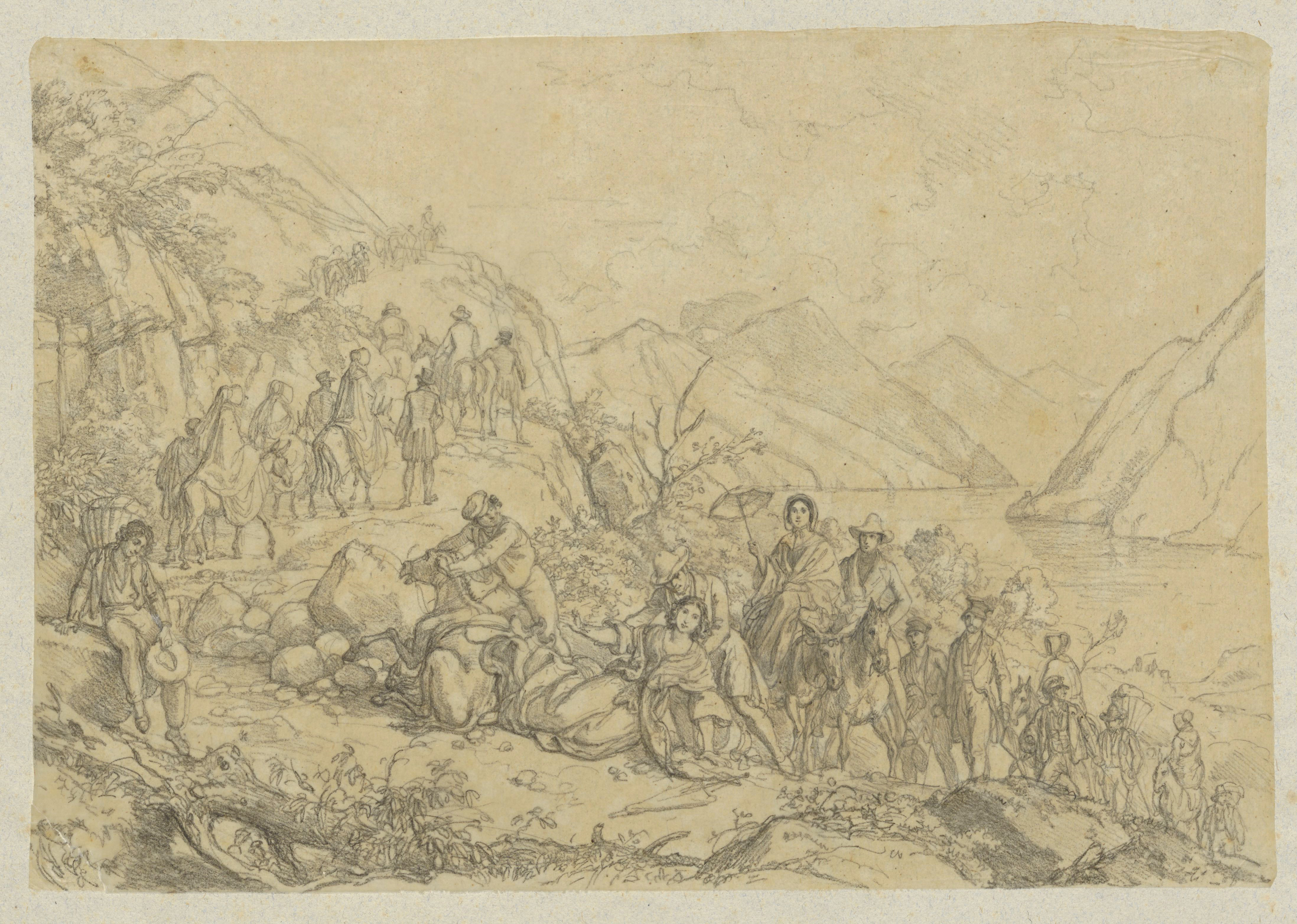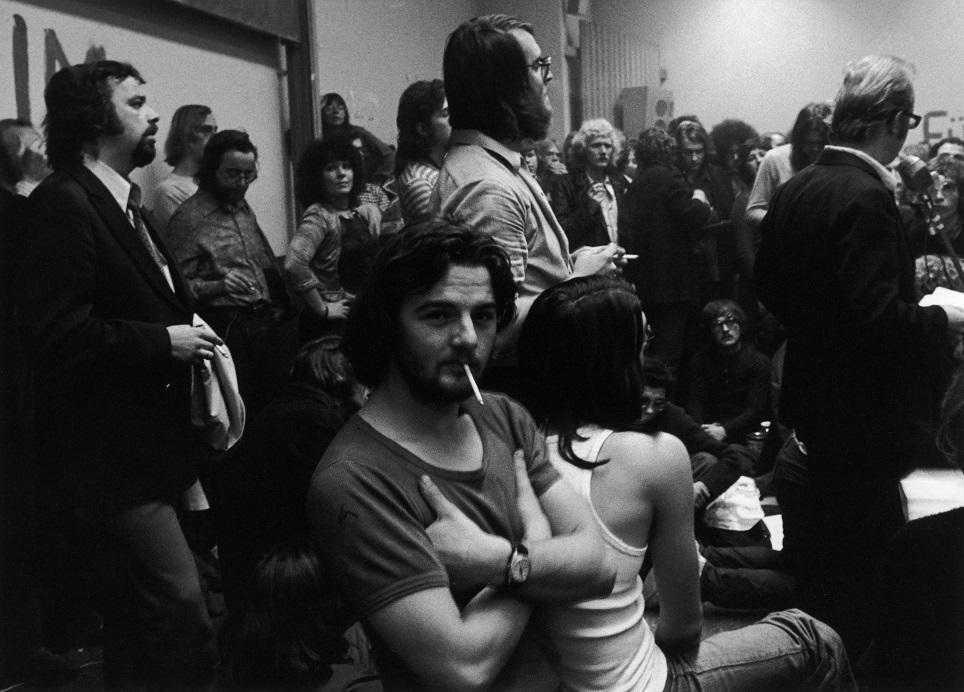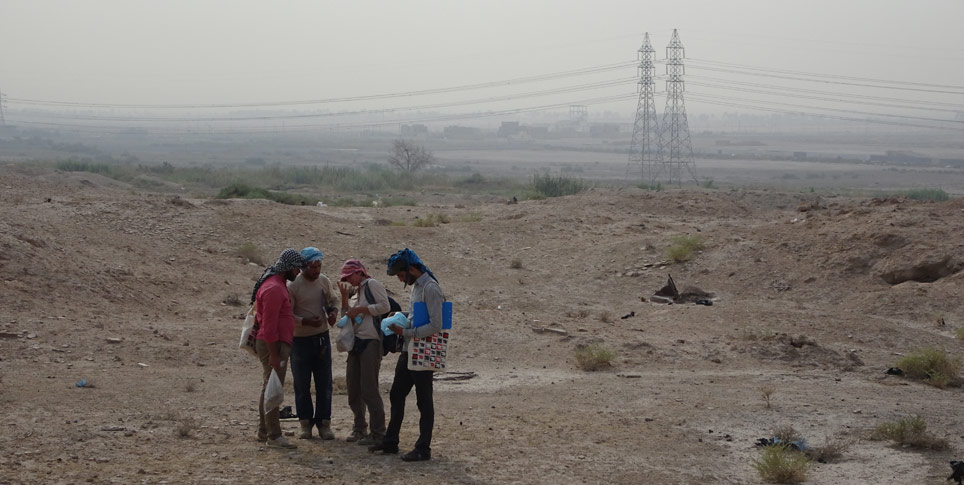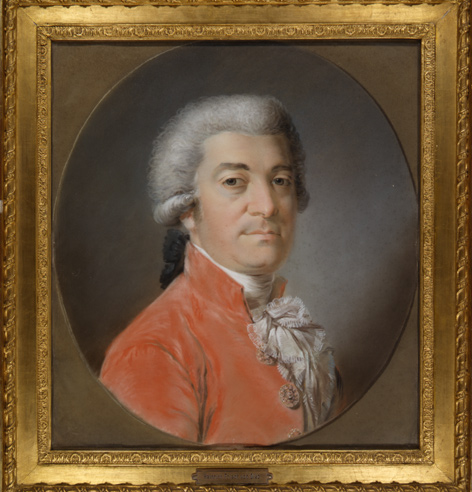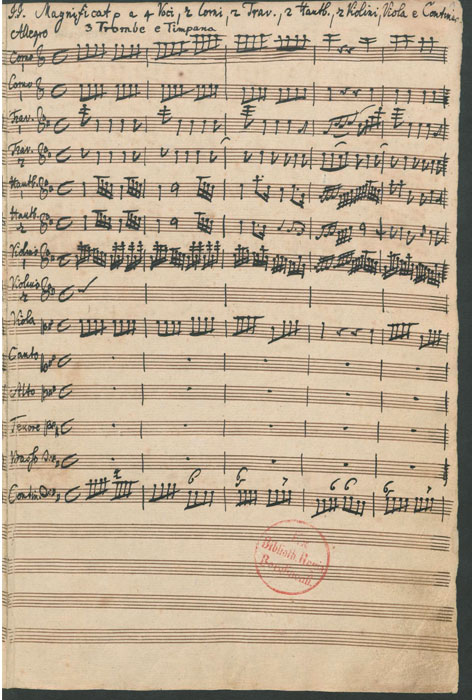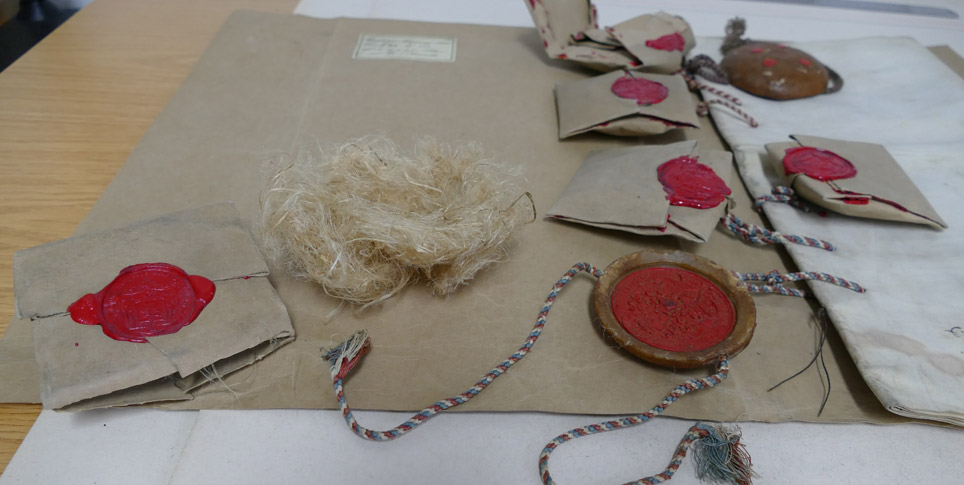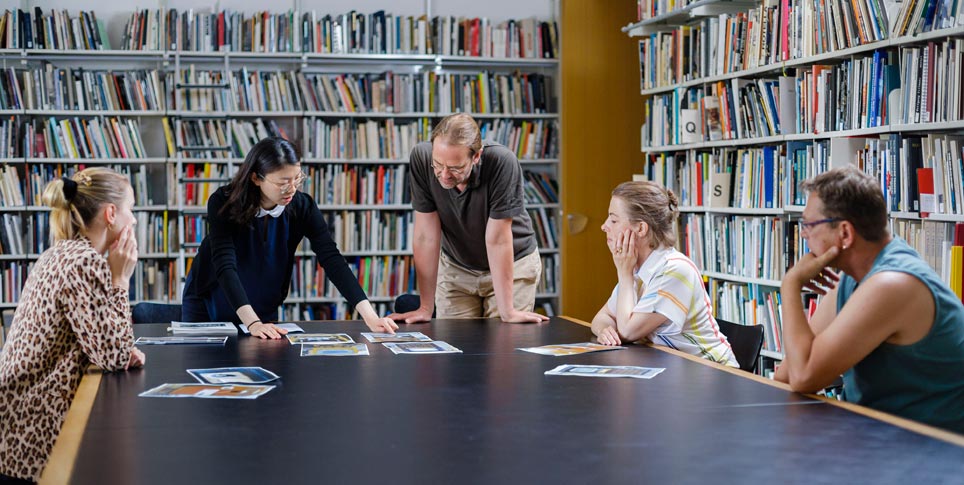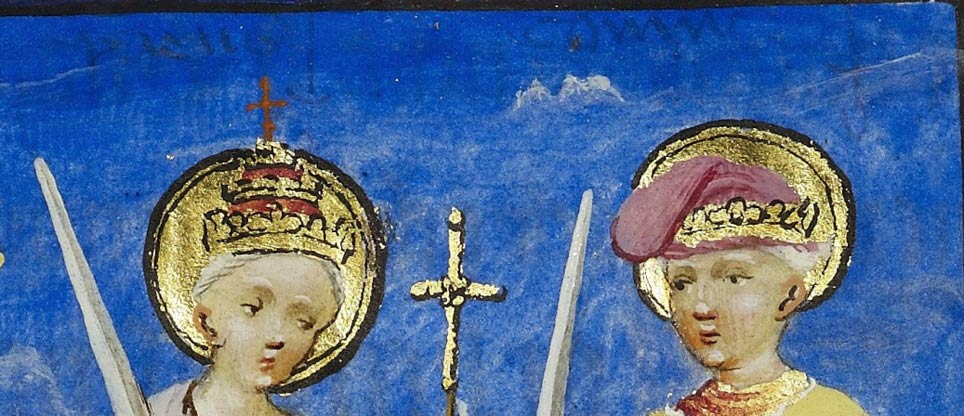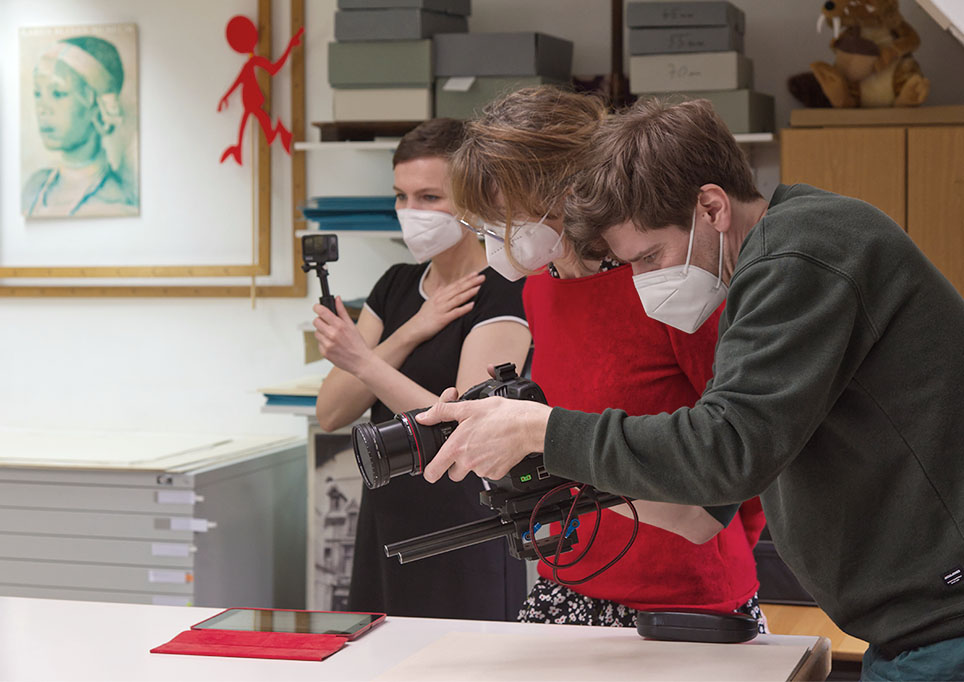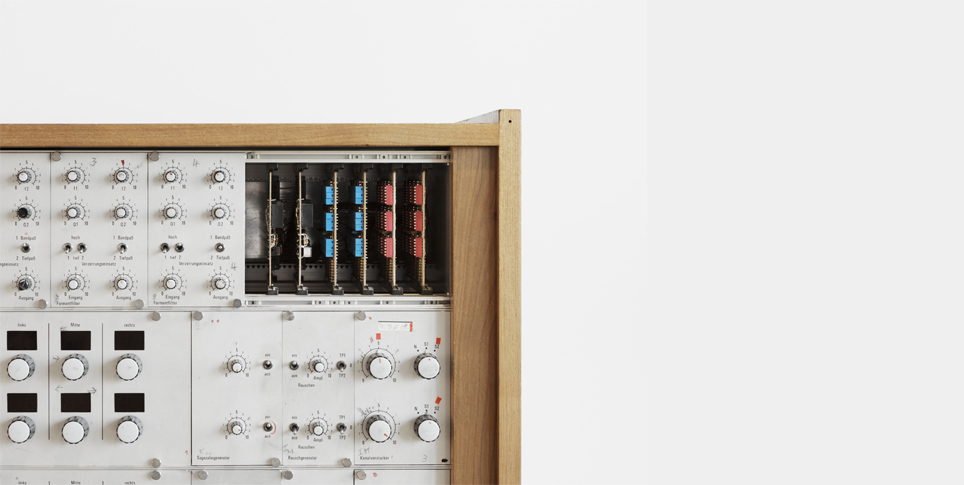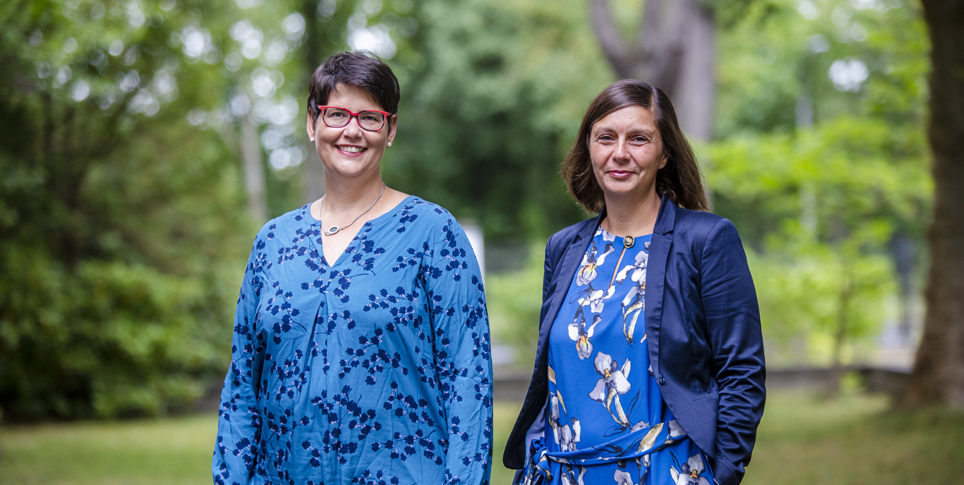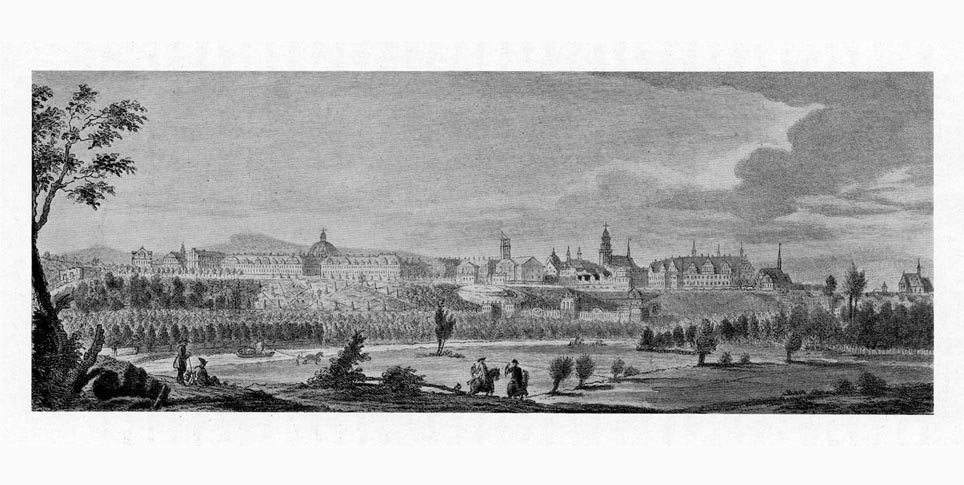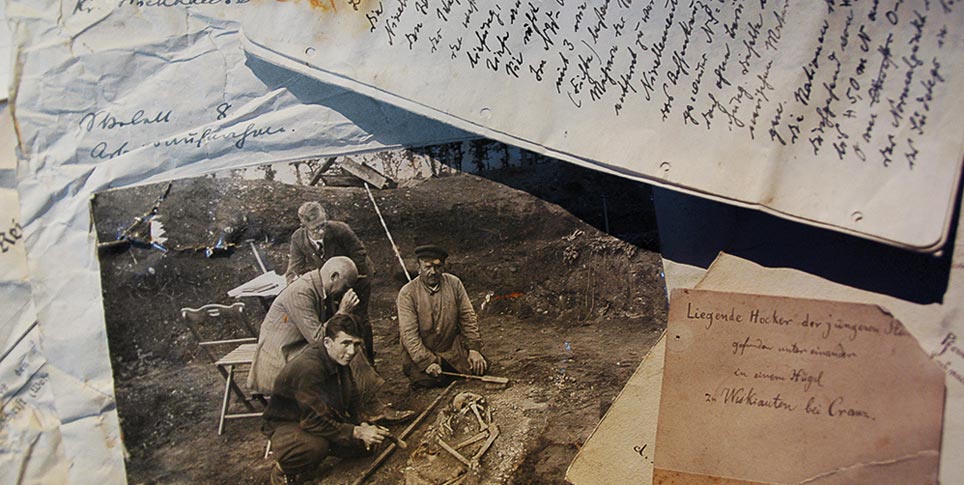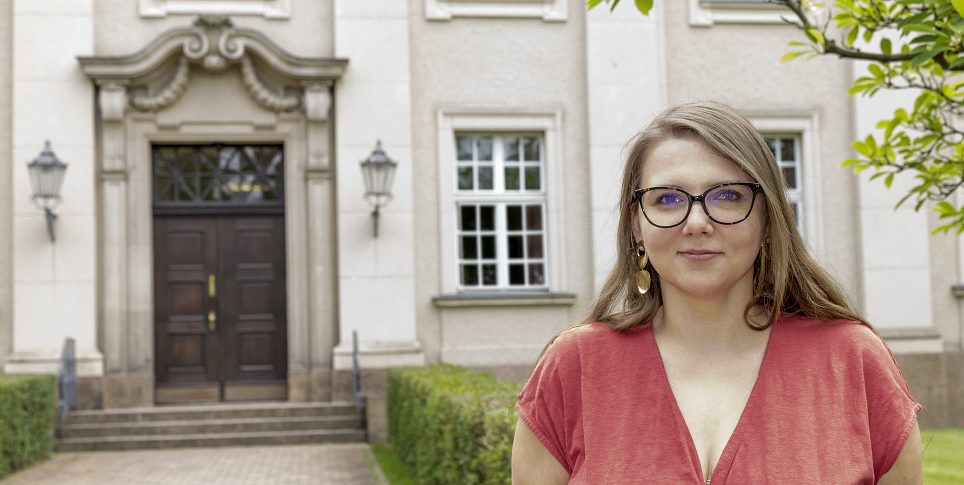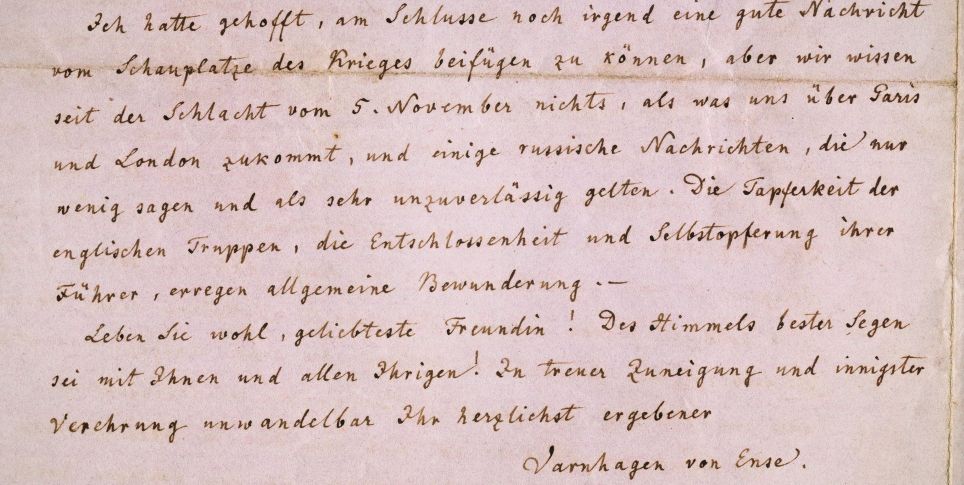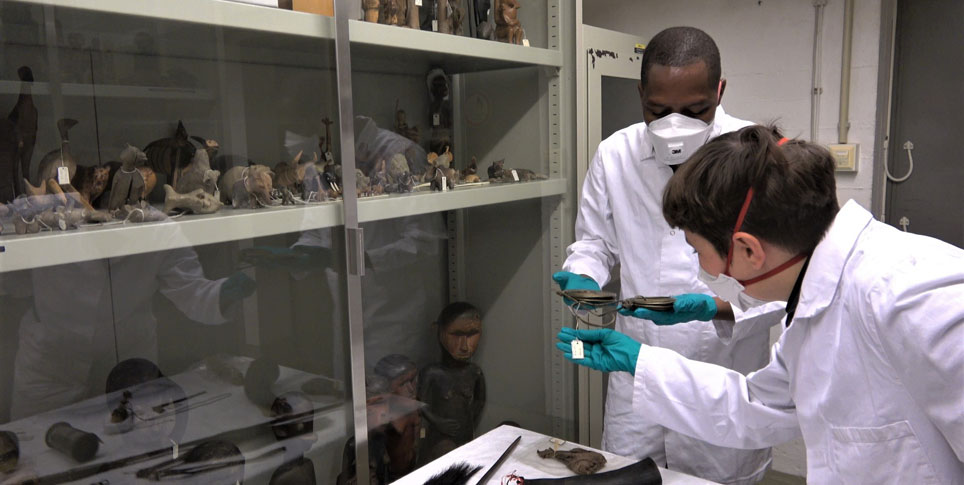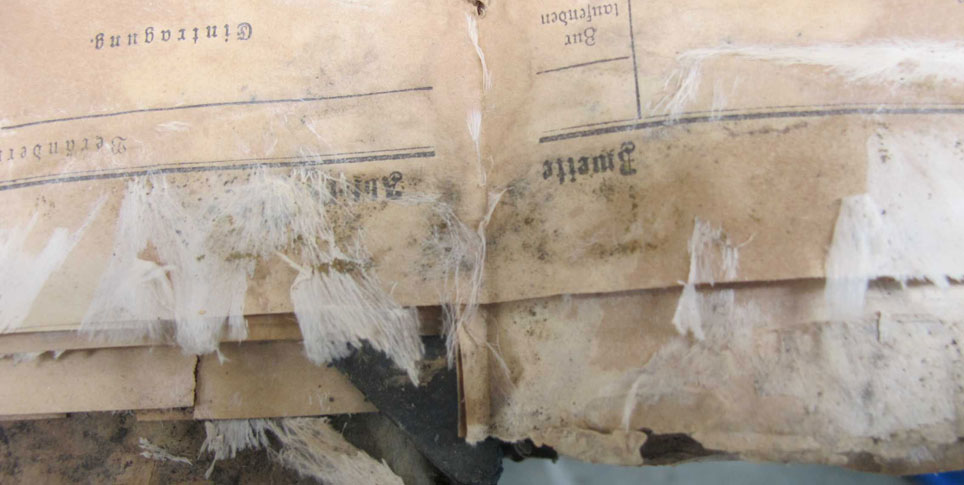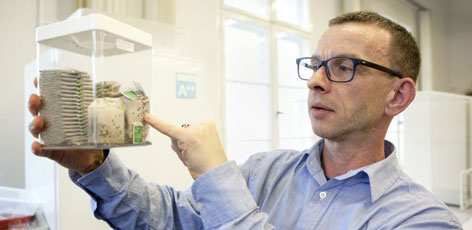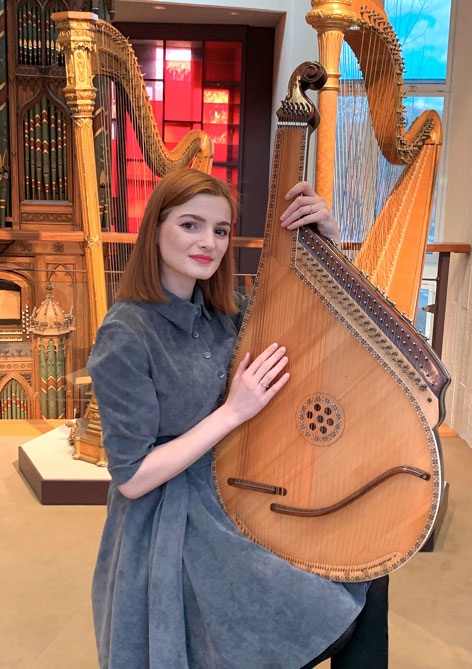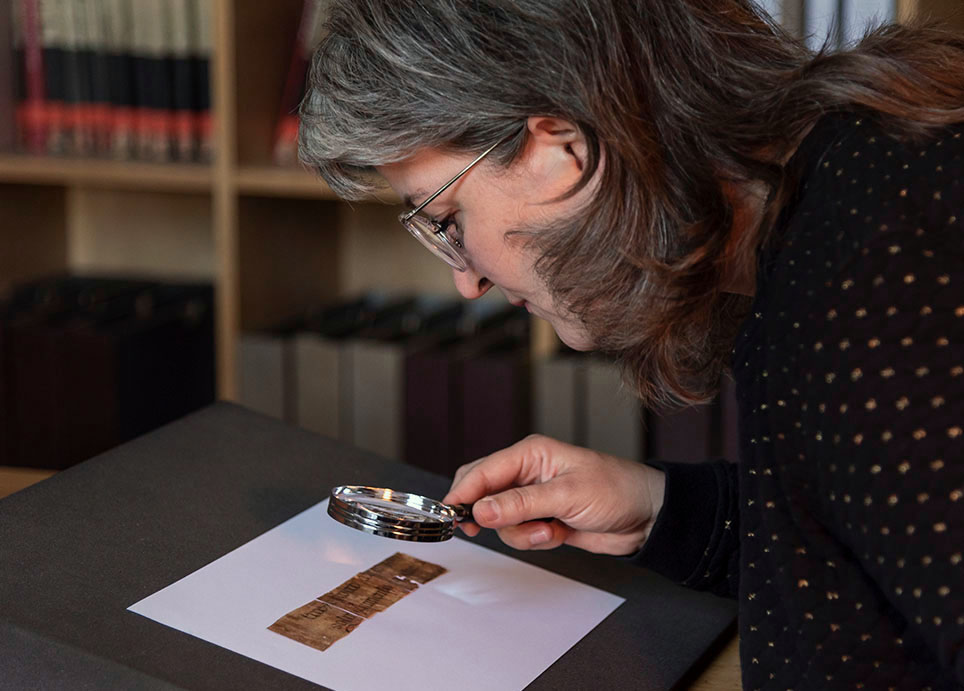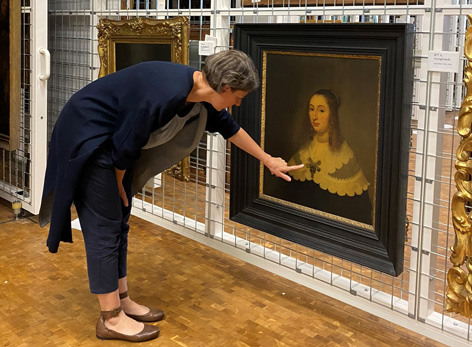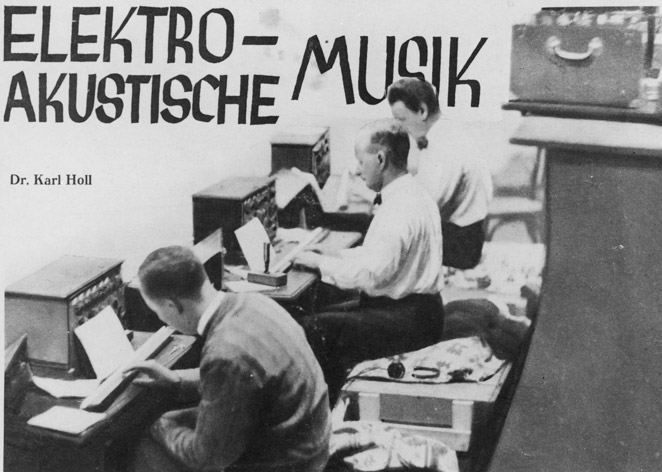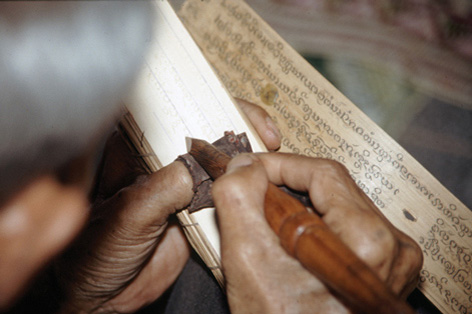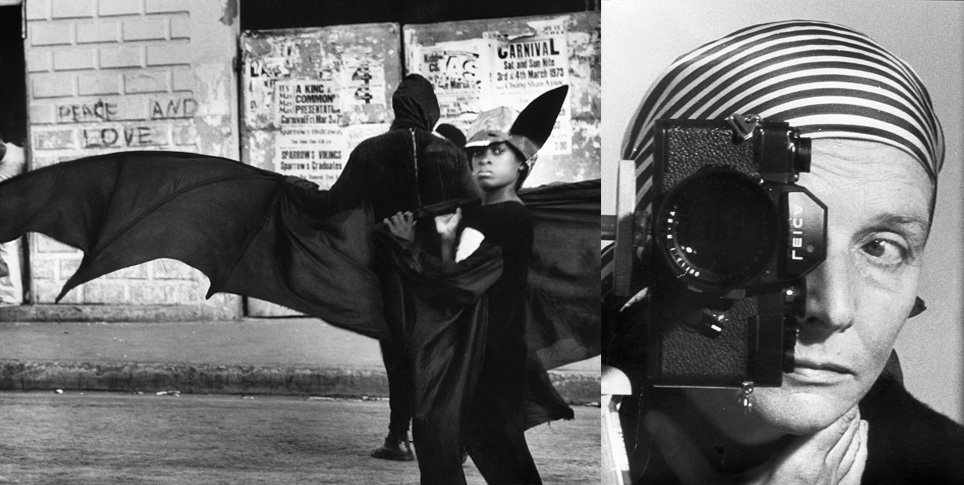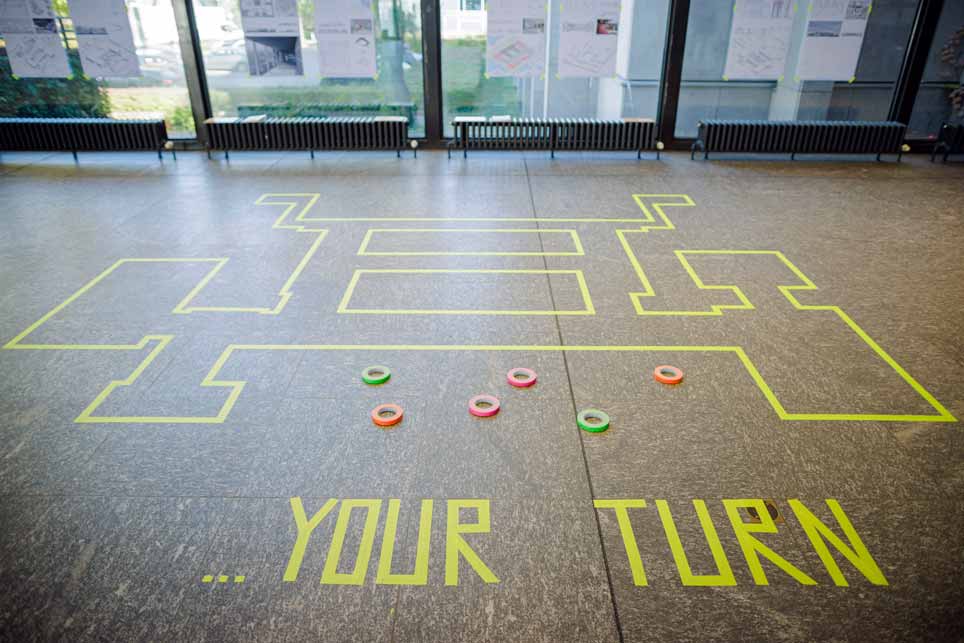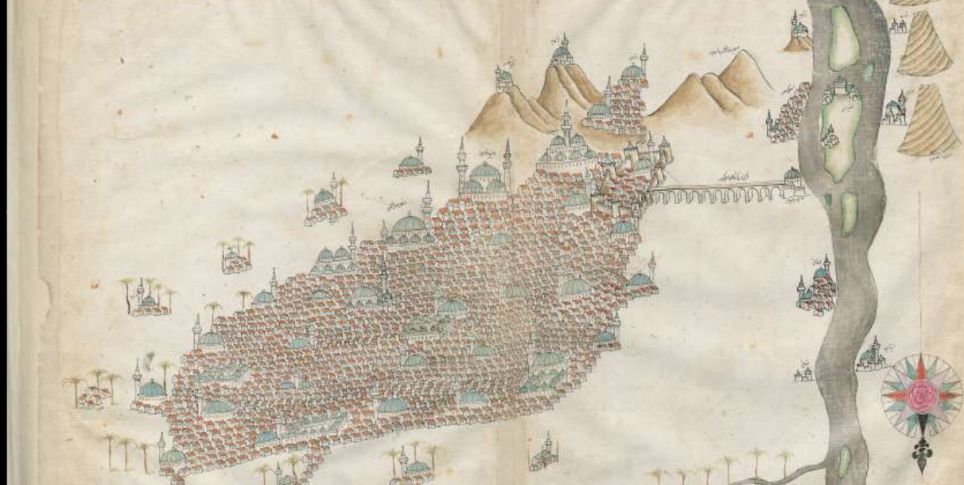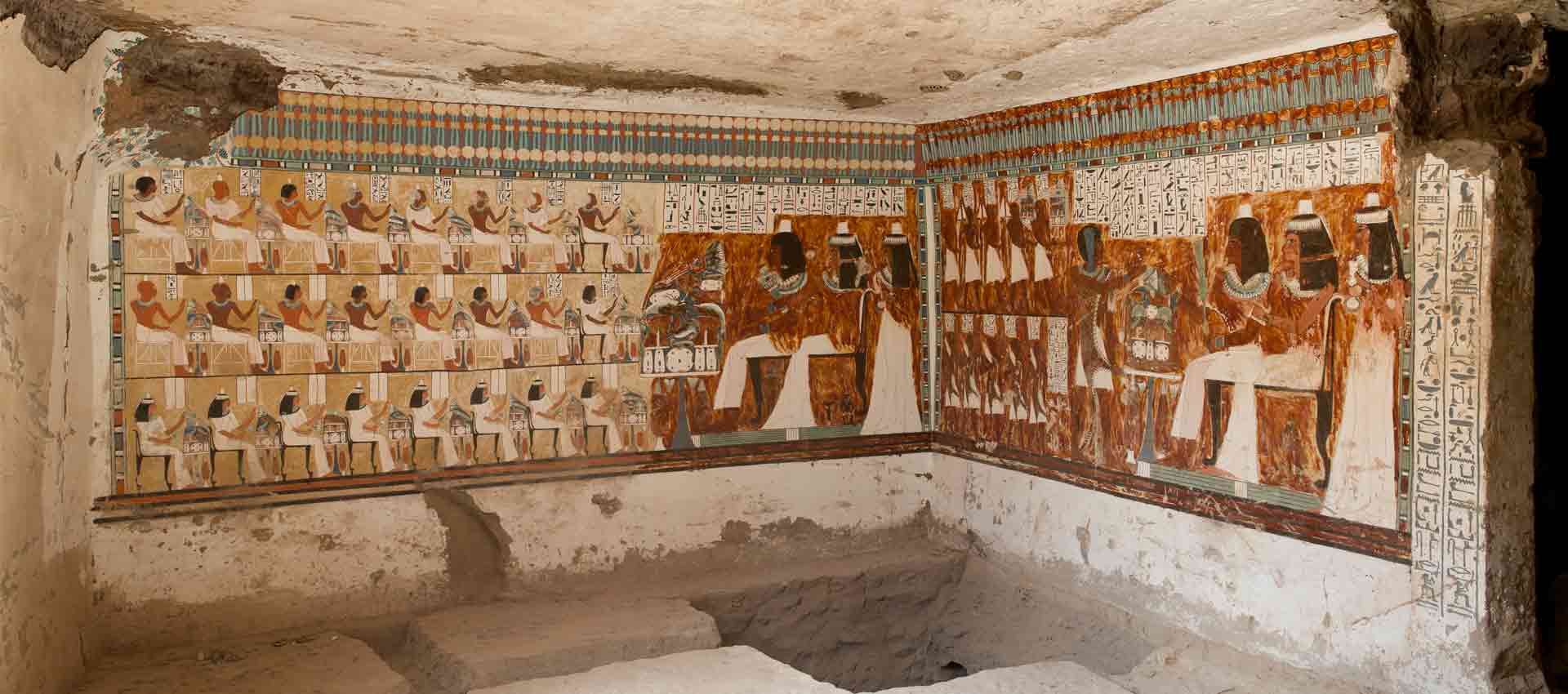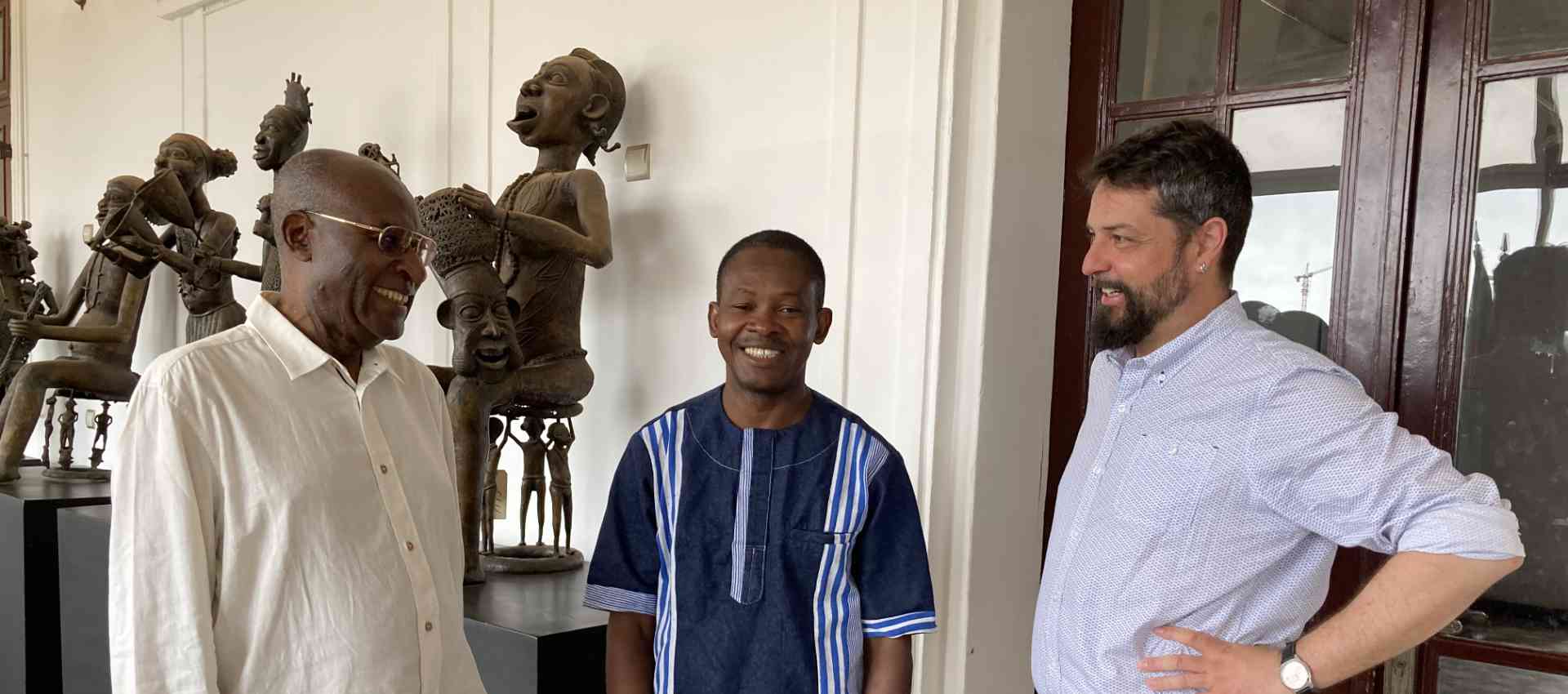Storerooms in Berlin hold thousands of skulls and other human bones from Rwanda, Tanzania and Kenya. With the help of scientists from these countries, they have now been thoroughly examined so that they can eventually be returned.
In recent years, Marius Kowalak, an ethnologist at the Museum für Vor- und Frühgeschichte (Museum of Prehistory and Early History), has visited Rwanda repeatedly with a team of scientists from Berlin. He has held discussions in ministries, taken part in workshops and traveled across the country. During these visits, Kowalak has also been to places of special interest to his team: the areas from which, during the colonial era, a great multitude of skulls and skeletons were taken – human remains that have been stored in Berlin ever since. “Often, the people there didn’t even know that the remains of their ancestors were being kept in a museum in Berlin,” says Kowalak.
He speaks with enthusiasm of meeting Rwandan colleagues, of the open and often very emotional discussions with them, and of the students who had contacts in the individual villages. It was these contacts who helped to identify the sites from which the remains were taken. They also helped write down the new knowledge and supplement the existing sources, such as the original labels on skulls, the old lists and travel reports. “We saw up close how important our work is. That was very moving,” Kowalak says. After all, he adds, that is the point of the whole effort, to create a dialogue, to foster cooperation with the communities in those places. “That is the only way we can find out where exactly the skulls come from. And what the people there want. That could mean returning them. Or it could mean creating a monument, for example.”
The events in question took place during a long and cruel chapter of history, and it is high time to look back on it and reappraise it, and to accept responsibility: there are 7865 different sets of human remains in the storerooms of the Museum für Vor- und Frühgeschichte. Now, together with their colleagues from Germany and Rwanda, Kowalak and the archaeologist Bernhard Heeb have examined 1258 of them in a pilot project generously funded by the Gerda Henkel Stiftung. Of these remains, 921 sets came from Rwanda, and the others are from Kenya and Tanzania.
The researchers had a number of questions, such as: Why were all of these skulls and skeletons collected and brought to Germany in the first place? How were they found, selected and taken possession of? Above all, were they taken by force? What consequences did this ultimately have for the people in Rwanda, for the relatives of the deceased? And later, in Germany, what then happened to the bones over all these decades until the present?
They have summarized the answers to these questions in a comprehensive publication that appeared at the end of September. The project involving the human remains from the colonial era is unlike any other, in part because it incorporates the research carried out in the Rwandan communities, including oral histories. In fact, it was an important finding that local people still have knowledge of German colonial rule, that they still have knowledge about what happened back then, and where exactly. More human remains appear to have been taken from Rwanda, a part of the former colony of German East Africa, than from any other land, and they were taken in a single year: 1907.
Usually, the researchers determined, the bones were taken from large burial caves, of which there were many in Rwanda. In some cases, however, doctors also drew the attention of the occupiers to those who had died recently – which suited the collectors in Berlin quite well, because then, they learned the exact identity and ethnic background of the deceased. Sometimes, as well, German colonial rulers used their contacts to native rulers, such as the well-known King Yuhi Musinga III, to acquire the human remains of persons who may have been executed as enemies.
In an article written for the recently published book, Charles Mulinda Kabwete, a professor at the University of Rwanda in Kigali whose team played a major role in the recently concluded project, provides a thorough description of the system of administrators, military officers and missionaries that helped the German scientists acquire so many skulls and skeletons during that period. “Those who say that colonialism brought only grief to those alive back then are mistaken,” he writes. “The dead were not spared either. It is sad that more than a hundred years had to pass before this research took place.”
The collection and measurement of the remains helped the colonial rulers to better control the colonies and their inhabitants, and to exploit the land economically. And it was methodical. In his own article for the book, archaeologist Bernhard Heeb from the Museum für Vor- und Frühgeschichte offers an extensive description of the various collections: there is the so-called “race skull collection” of the Charité Hospital, the Rudolf Virchow Collection, and above all, the S Collection (“S” standing for Schädel, or skull), which is a large skull collection amassed by physician and anthropologist Felix von Luschan while he was director of the Museum für Völkerkunde (Royal Museum of Ethnology). Heeb describes how these collections originated, just what purpose the Berlin ethnologists and physicians expected them to serve, how they were combined – and how they then moved from one storeroom in Berlin to another over the years. “The S Collection and the Rudolf Virchow Collection were the products of their respective collectors, Felix von Luschan and Rudolf Virchow. When they died, their collections sank into obscurity – and became rather a burden,” writes Heeb.
It wasn’t until several years ago, when the provenance research got underway, that a new awareness emerged of the importance of treating these human remains with the proper dignity and storing them carefully. It became possible to perform DNA analyses; new methods of technical analysis were developed; and there was also a growing interest in using the bones to study historical diseases. Above all, however, there was an expressed interest in having the remains returned.
That was the most important goal of this recently completed project: to examine the skulls from Rwanda, Kenya and Tanzania to an extent that would to make it possible to return them, to clarify where exactly which bones could be brought back to. That is the purpose of the extensive catalog that makes up almost half of the book that has now been published. It provides an exact description of all 1258 sets of remains: what context the skull comes from, who acquired it, and whether it is the skull of a woman or man, an old or a young person. “The book is also a reference work,” says Marius Kowalak. “Interested persons in the Rwandan communities can use it to search for their ancestors.” Soon, the data will be accessible online, too.
A start has now been made, in other words. Human remains have already been returned to Namibia, Australia and Hawaii, and soon it will be possible to return them to Rwanda, Kenya and Tanzania too. As for the roadmap for the future, a project on West Africa has just begun – storage rooms in Berlin hold many human remains from that area as well. Later, projects could be started for remains from the former German colonies in the Pacific, from Samoa and Papua New Guinea.
